Which Modifications Of Fatty Acids Will Best Keep Triglycerides Solid At Warmer Temperatures?
Which modifications of fatty acids will best keep triglycerides solid at warmer temperatures?. D adding hydrogens and trans double bonds to the fatty acids. A creating cis double bonds to the fatty acids. A creating cis double bonds to the fatty acids B adding hydrogens to the fatty acids.
Adding hydrogens and trans double bonds to the fatty acids Large organic molecules are usually assembled by polymerization of a few kinds of simple subunits. They are not soluble in water. Adding hydrogens to the fatty acids c.
Which modifications of fatty acids will best keep triglycerides solid at warmer temperatures. All of the following contain amino acids except. A creating cis double bonds to the fatty acids B adding hydrogens to the fatty acids C creating trans double bonds to the fatty acids D adding hydrogens and trans double bonds to the fatty acids.
B adding hydrogens to the fatty acids. Which modifications of fatty acids will best keep triglycerides solid at warmer temperatures. A creating cis double bonds to the fatty acids B adding hydrogens to the fatty acids C creating trans double bonds to the fatty acids D adding hydrogens and trans double bonds to the fatty acids.
26 Which modifications of fatty acids will best keep triglycerides solid at warmer temperatures. Three fatty acids bonded together with glycerol are found in oils and animal fats. The triglycerides with saturated fatty acids are solids at room.
Oils and animal fats are triglycerides. Which modifications of fatty acids will best keep triglycerides solid at warmer temperatures. Adding cis double bonds and trans double bonds to the fatty acids.
E They are the principal molecules in lard and butter. A creating cis double bonds to the fatty acids B adding hydrogens to the fatty acids C creating trans double bonds to the fatty acids D adding hydrogens and trans double bonds to the fatty acids.
A creating cis double bonds to the fatty acids B adding hydrogens and trans double bonds to the fatty acids C creating trans double bonds to the fatty acids D adding hydrogens to the fatty acids E adding cis double bonds and trans double bonds to.
Which modifications of fatty acids will best keep triglycerides solid at warmer temperatures. Which modifications of fatty acids will best keep triglycerides solid at warmer temperatures. A 26 Which modifications of fatty acids will best keep triglycerides solid at warmer temperatures. All of the following contain amino acids except. D adding hydrogens and trans double bonds to the fatty acids. Which modifications of fatty acids will best keep triglycerides solid at warmer temperatures. Adding hydrogens to the fatty acids c. D They are the predominant fatty acid in corn oil. B adding hydrogens to the fatty acids.
B adding hydrogens to the fatty acids. A creating cis double bonds to the fatty acids. The triglycerides with saturated fatty acids are solids at room. Which modifications of fatty acids will best keep triglycerides solid at warmer temperatures. All of the following contain amino acids except. Which modifications of fatty acids will best keep triglycerides solid at warmer temperatures. A creating cis double bonds to the fatty acids B adding hydrogens to the fatty acids C creating trans double bonds to the fatty acids D adding hydrogens and trans double bonds to the fatty acids.











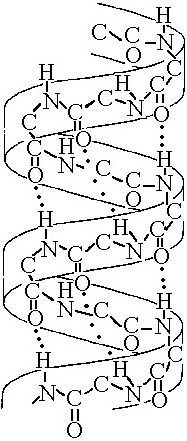

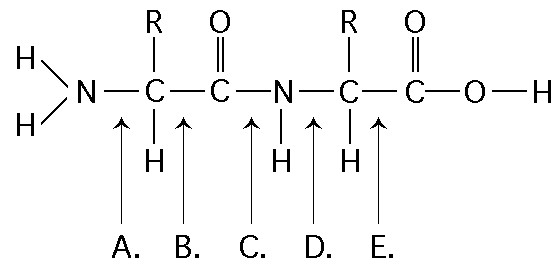


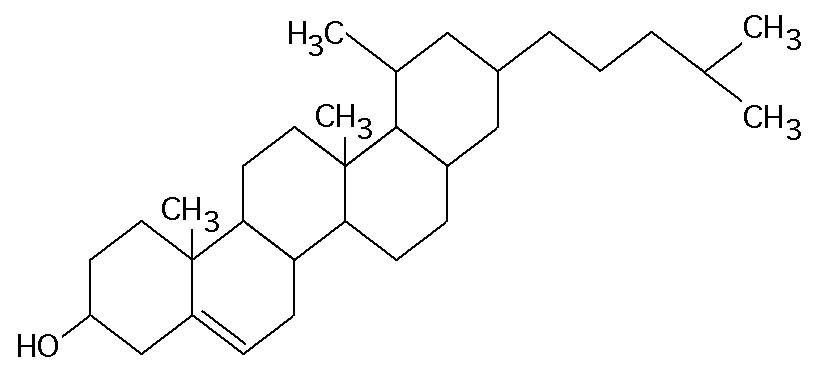
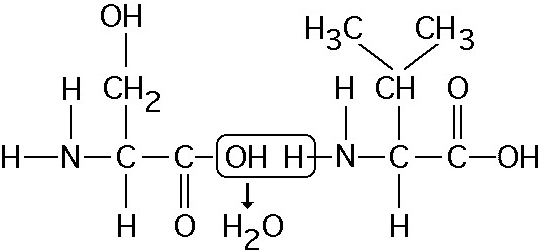
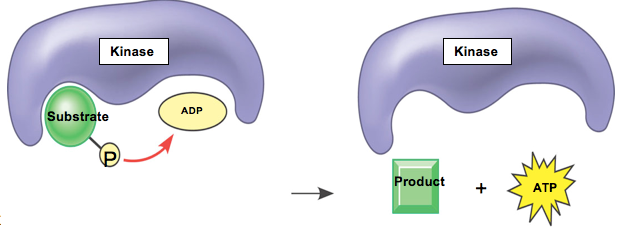
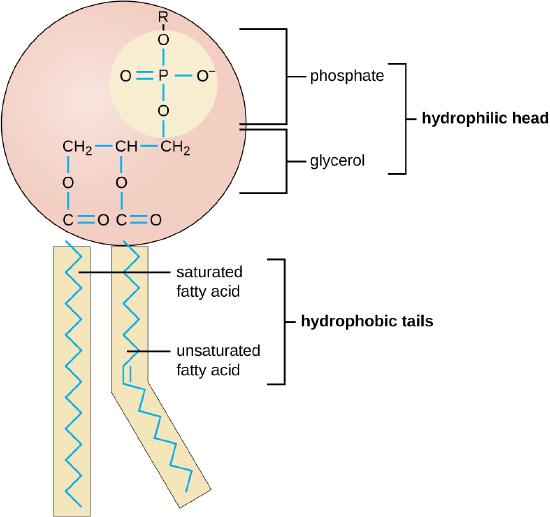

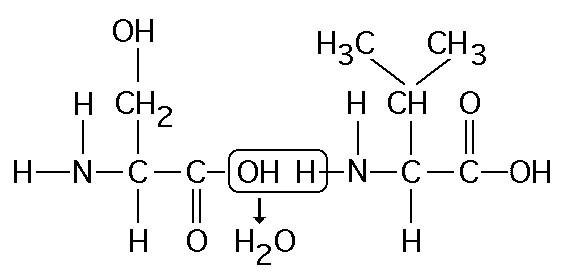
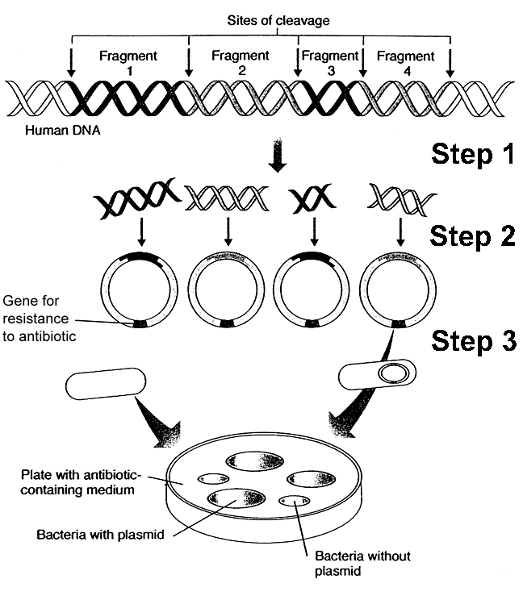

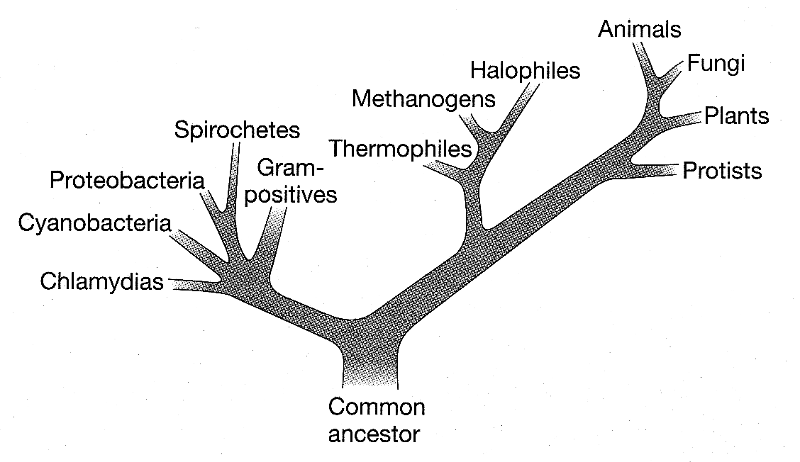

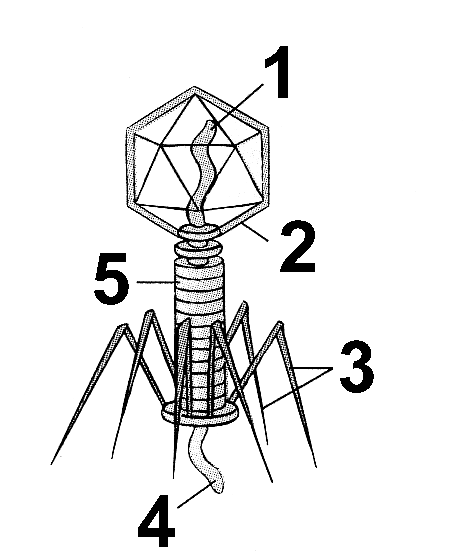
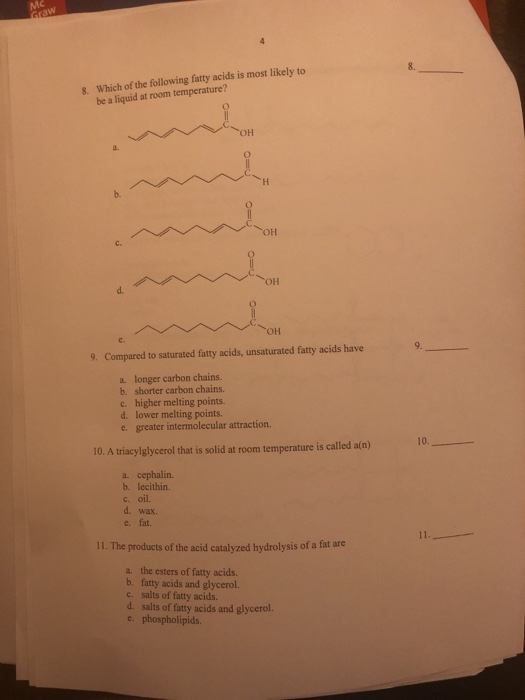





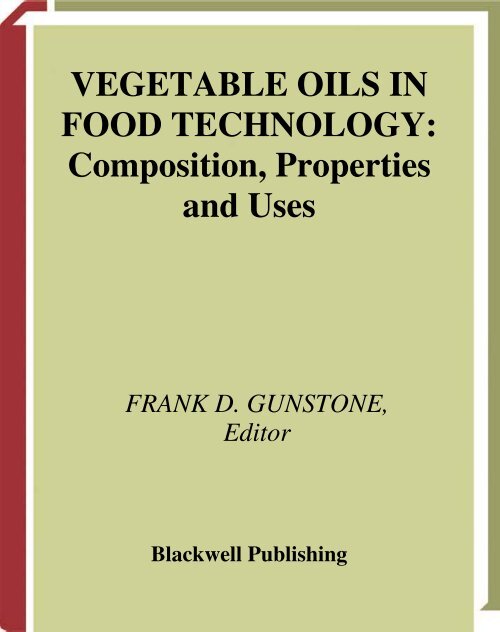

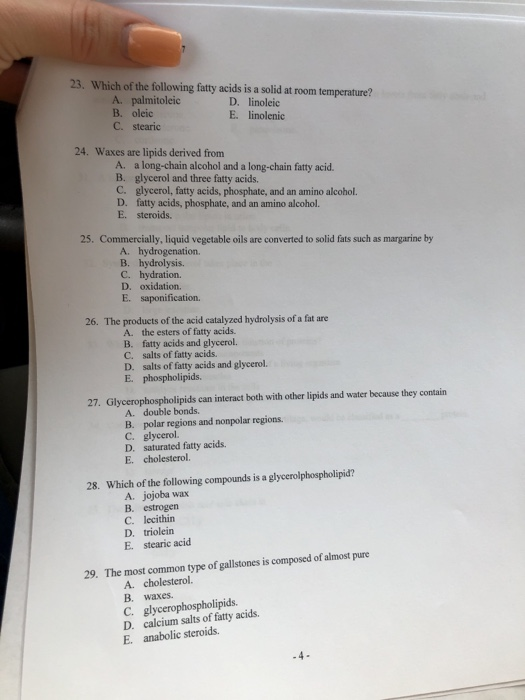
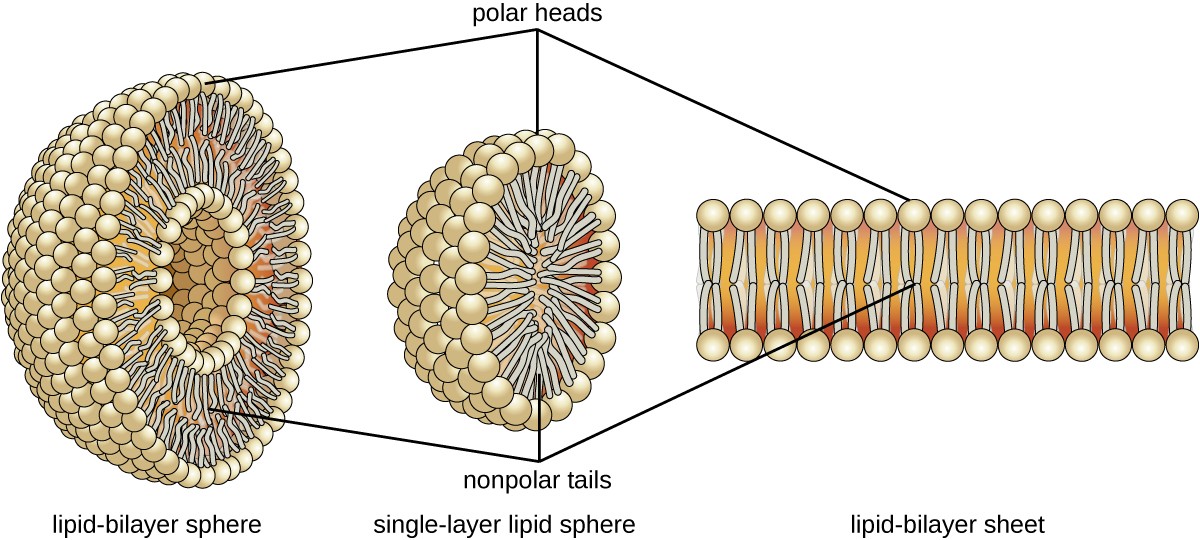
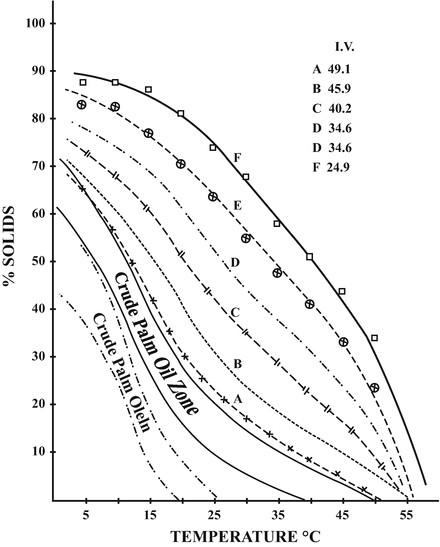


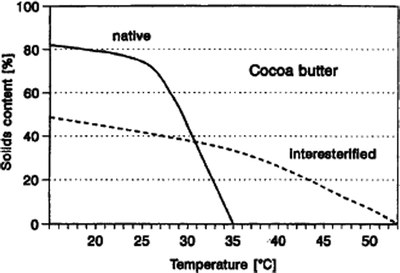

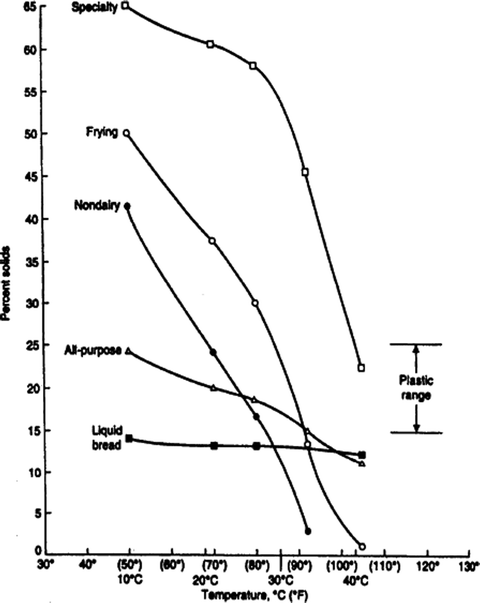


Post a Comment for "Which Modifications Of Fatty Acids Will Best Keep Triglycerides Solid At Warmer Temperatures?"